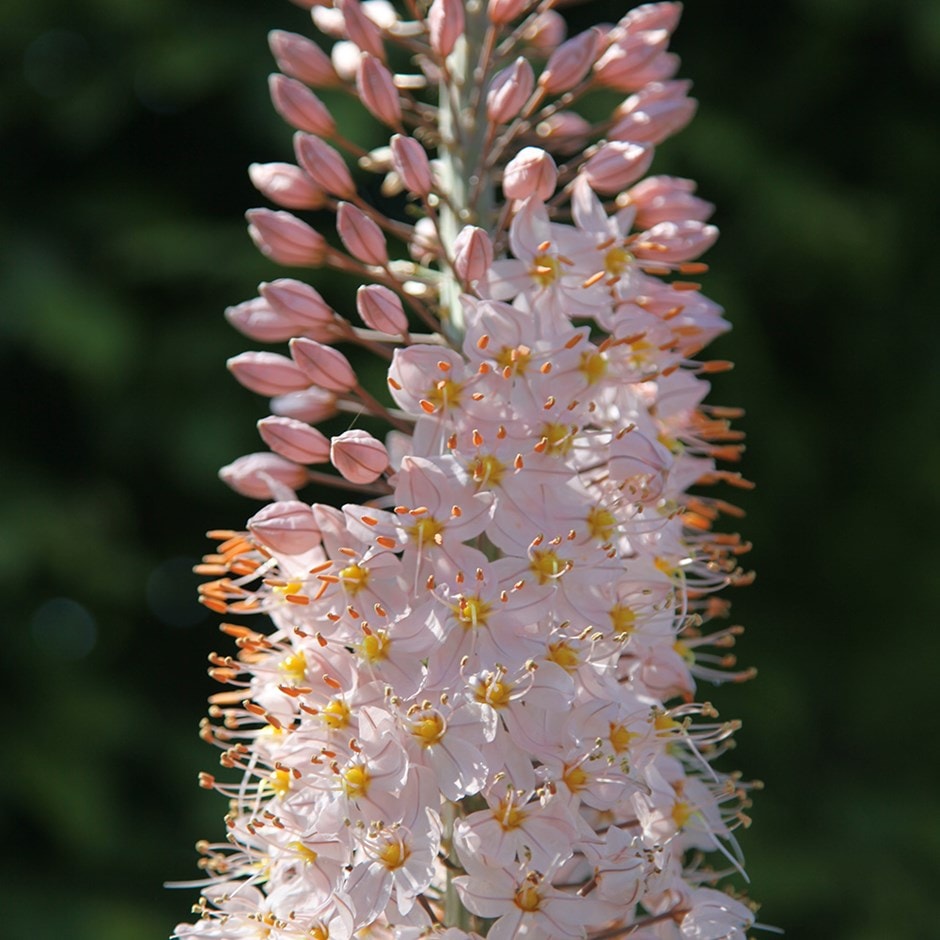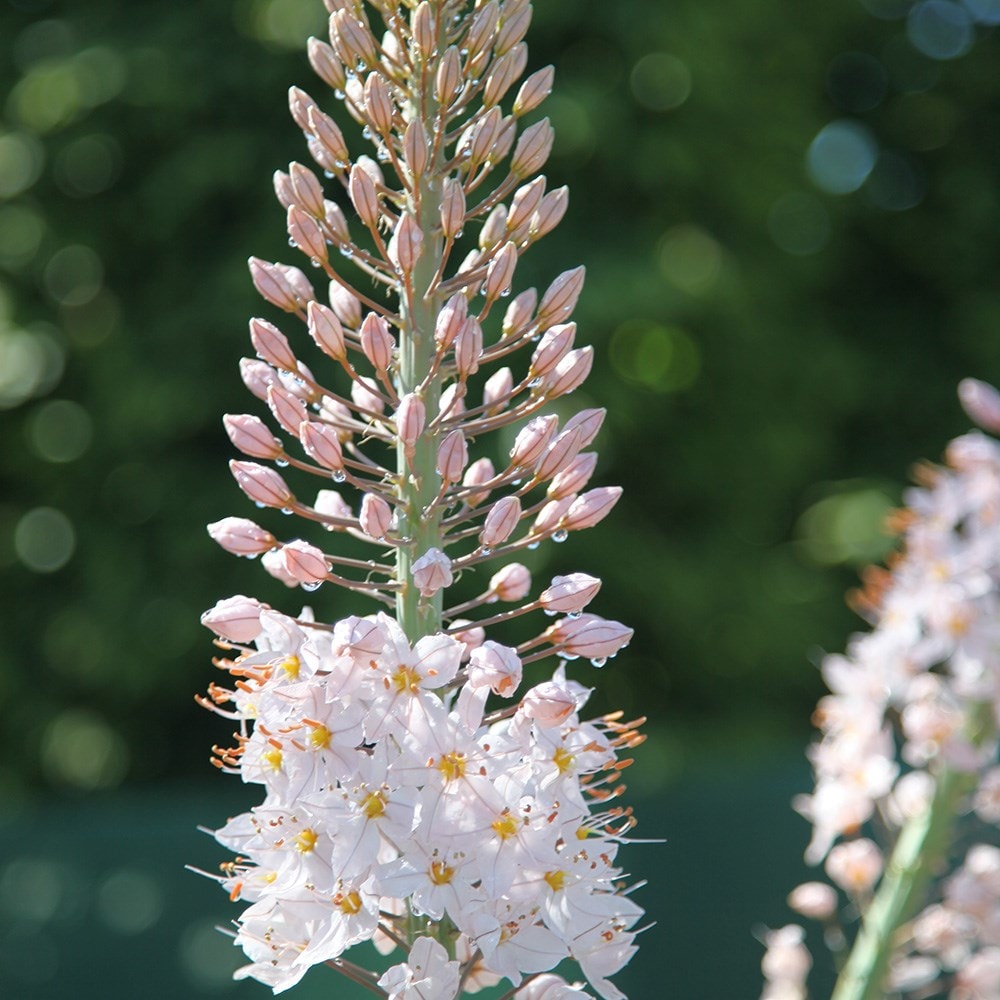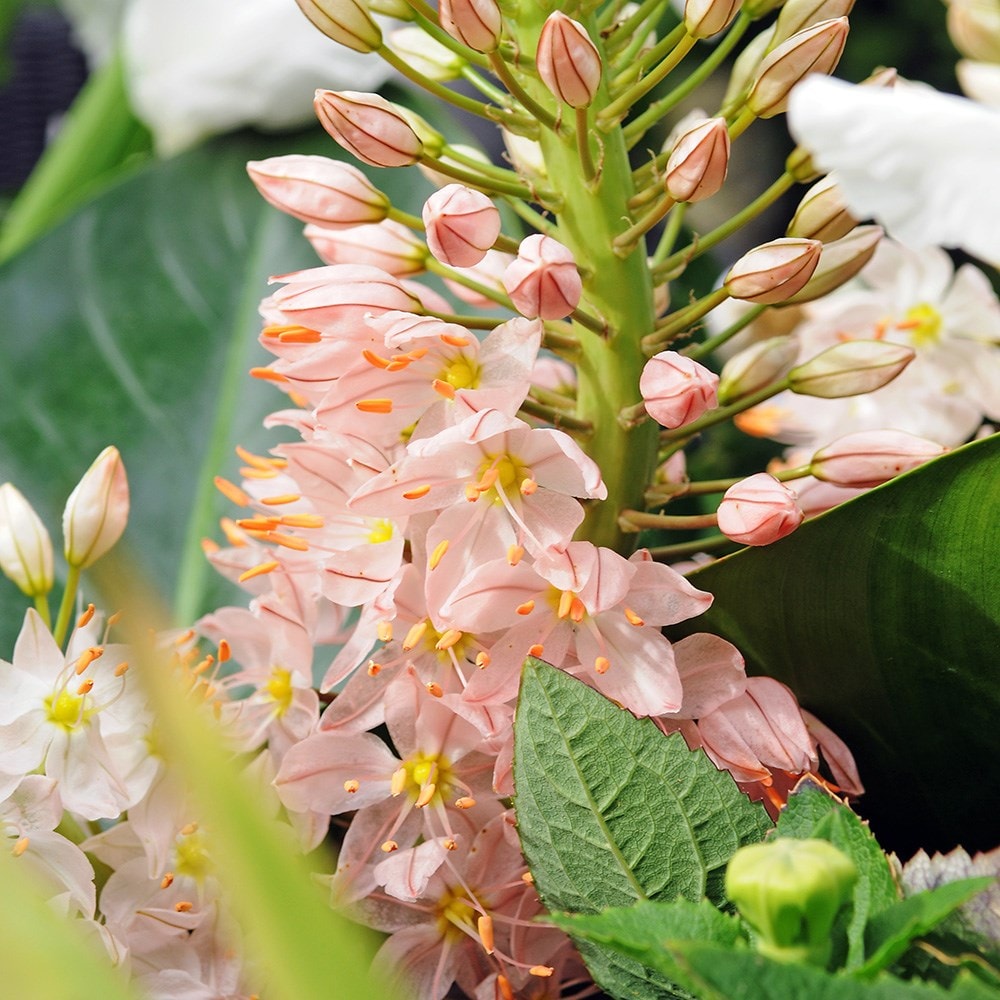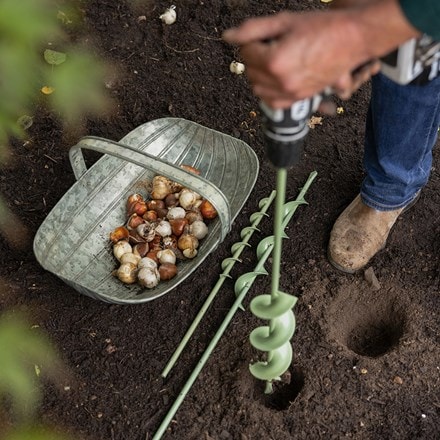Eremurus robustus
foxtail lily bulb or giant desert candle
- 1 × bulb
- £15.99
- available to order from summer
Delivery options
- Bulbs (only) £4.99
- Position: full sun
- Soil: fertile, well-drained soil
- Rate of growth: average
- Flowering period: June to July
- Hardiness: fully hardy
This foxtail lily is an impressive sight in early summer, when its slender flowerspikes start to emerge. Growing up to 3m in height, each raceme is typically packed with hundreds of soft pink, star-shaped flowers, which open in succession from the base of the spike. It's an elegant and stately addition to both naturalised and more formal planting schemes, where it will add both structural interest as well as colour.
Foxtail lilies need to be planted in fertile but well-drained soil with the crown not far below soil level. They start to grow in late winter and spring, gathering their strength before they produce their towering flower spikes in summer. Each flower spike has hundreds of flowers which open from the bottom upwards, creating a stunning effect. They thrive in the sunniest spot in the garden, especially if the base of the plant isn't shaded as this can decrease the number of flowering spikes produced.
Foxtail lilies need to be planted in fertile but well-drained soil with the crown not far below soil level. They start to grow in late winter and spring, gathering their strength before they produce their towering flower spikes in summer. Each flower spike has hundreds of flowers which open from the bottom upwards, creating a stunning effect. They thrive in the sunniest spot in the garden, especially if the base of the plant isn't shaded as this can decrease the number of flowering spikes produced.
Plant Eremurus tubers from September to November, spreading the starfish-like roots over a mound of soil in a shallow hole, with the crown about 5cm (2in) below the surface. Space them 30-60cm (12-24in) apart in fertile, well-drained soil and a sunny, sheltered spot.
After flowering, deadhead the spent blooms and apply a balanced liquid fertiliser weekly for about a month. Allow the foliage to die back naturally, then leave the tubers in the ground, ensuring the soil remains well-drained to prevent rot.
Foxtail lilies resent disturbance so hand weed around them. They don’t thrive in the shadow of other plants.
If lifting is necessary due to soil prone to waterlogging, store the tubers in a cool, dry place over winter.
After flowering, deadhead the spent blooms and apply a balanced liquid fertiliser weekly for about a month. Allow the foliage to die back naturally, then leave the tubers in the ground, ensuring the soil remains well-drained to prevent rot.
Foxtail lilies resent disturbance so hand weed around them. They don’t thrive in the shadow of other plants.
If lifting is necessary due to soil prone to waterlogging, store the tubers in a cool, dry place over winter.
- Humans/Pets: Ornamental bulbs - not to be eaten




